The figure shows two blocks of mass m1andm2 placed one above the other. These is no friction between the lower block and ground. The lower block is being pushed by a constant horizontal force F. There is sufficient friction between the blocks so that they do not slip over each other. Draw the free body diagram of the upper block in the frame of groung and in the frame of lower block. Find the work done by various forces on the upper block in the two frames as the arrangement moves through 'S'
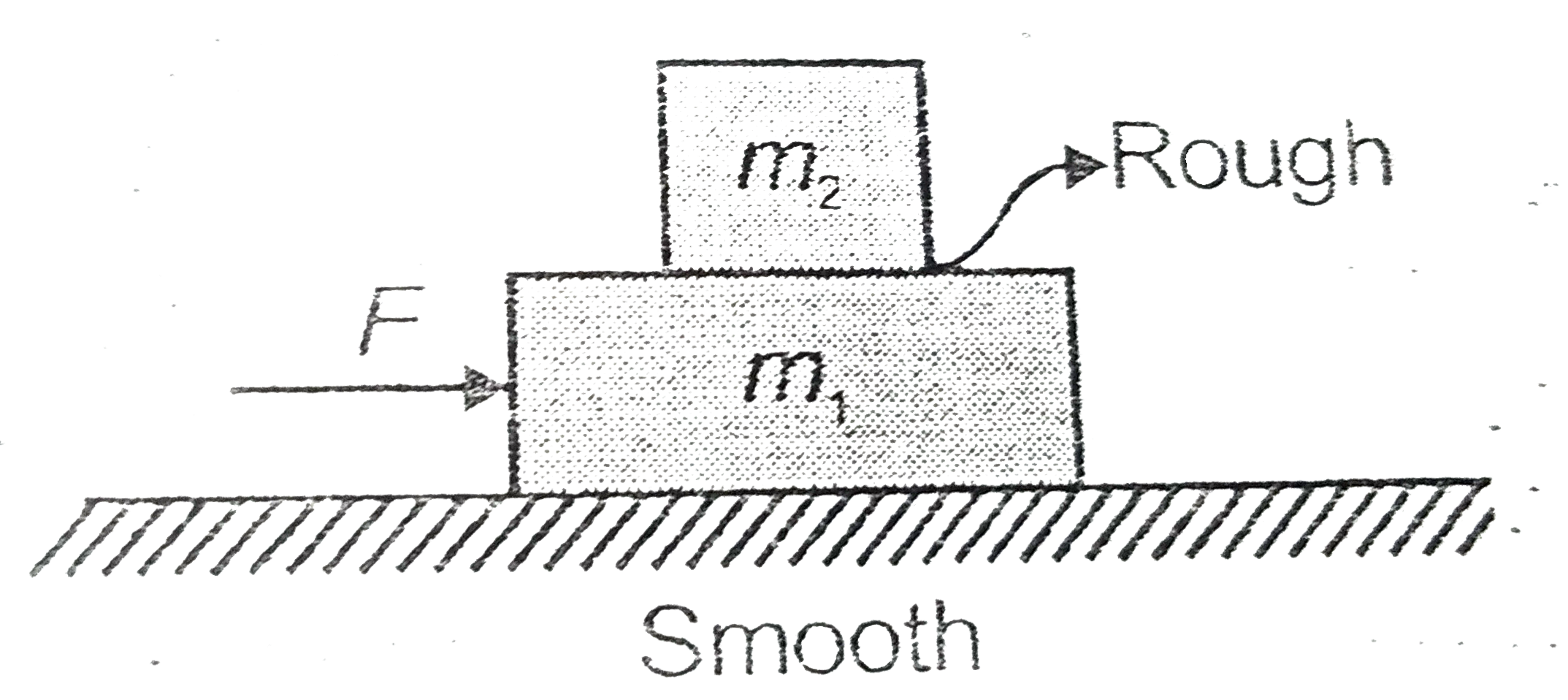
As the two blocks move together, their common acceleration is given by F=(m1+m2)aora=Fm1+m2
(i) FBD of m2 with respect to ground.
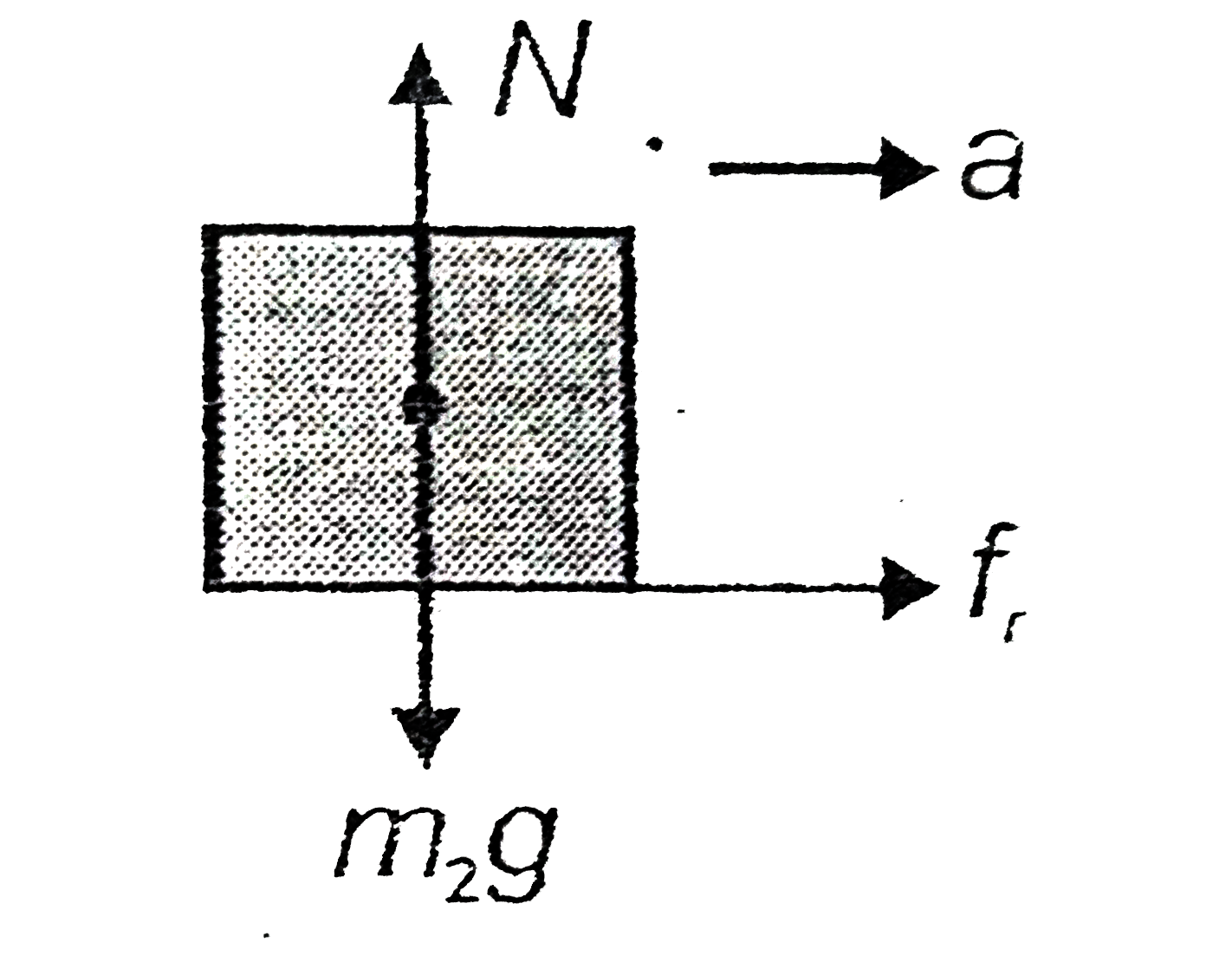
N=m2g (equilibrium along vertical)
fr=m2a (by newton's 2nd law).
WN=0,Nm2g)=0.
Wf=m2a×S×cos0∘
=m2FS(m1+m2)
(ii) FBD of m2 in the frame of m1

In the frame of m1 th mas m2 does not move. Therefore, work done by all the forces is zero.
Topper's Solved these Questions
- WORK, ENERGY AND POWERBOOK - AAKASH INSTITUTECHAPTER - WORK, ENERGY AND POWEREXERCISE - IILUSTRATION
2 Videos
- WORK, ENERGY AND POWERBOOK - AAKASH INSTITUTECHAPTER - WORK, ENERGY AND POWEREXERCISE - TRY YOURSELF
95 Videos
- WAVESBOOK - AAKASH INSTITUTECHAPTER - WAVESEXERCISE - ASSIGNMENT ( SECTION-D ( Assertion - Reason Type Questions ))
12 Videos
Similar Questions
Three blocked A,B and C are placed one over the other as shown in figure. Draw free body diagram of all the three blocks.
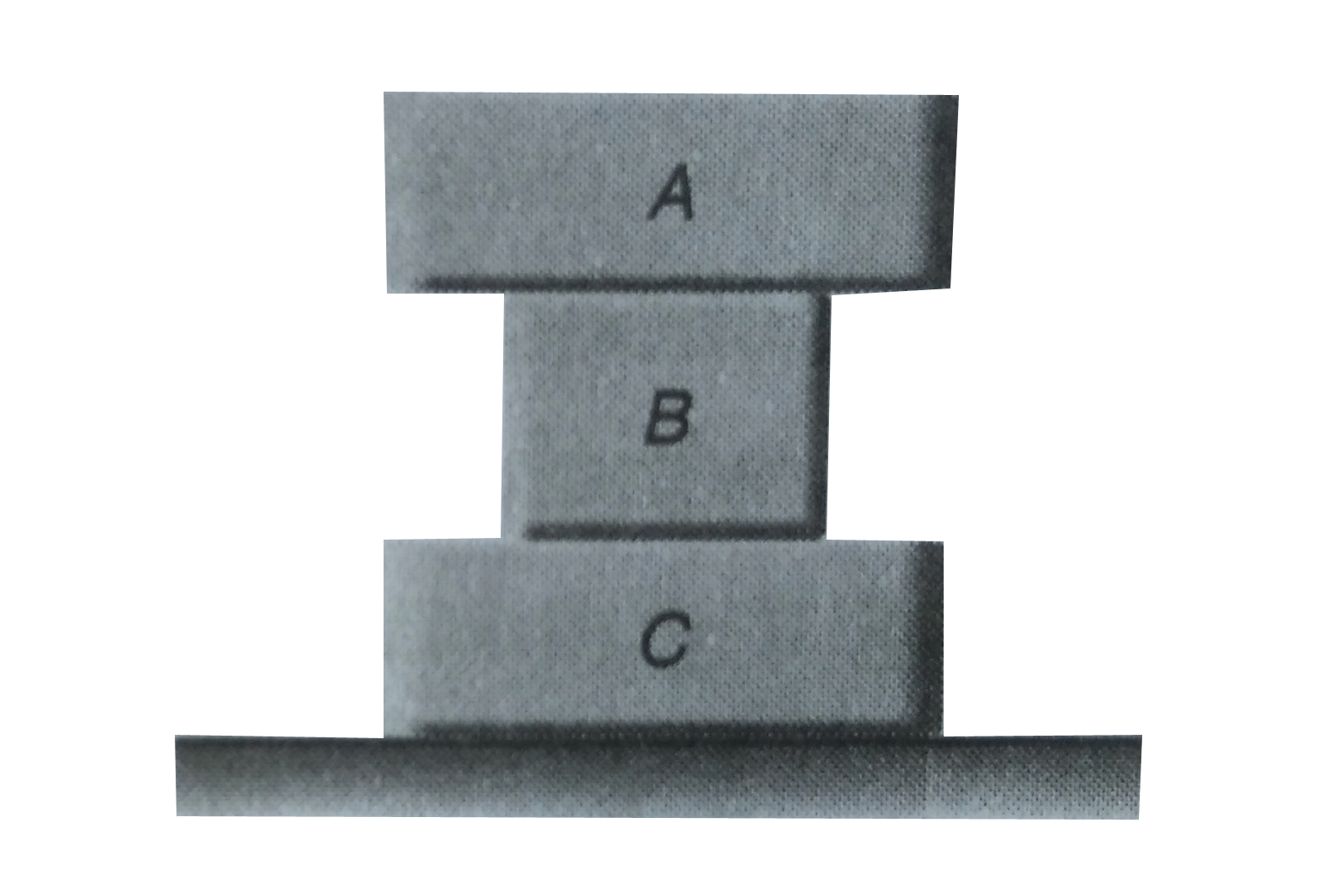
View SolutionA block of mass m is kept over another block of mass 2m and the system rests on a smooth horizontal surface. The coefficient of friction between the block is 0.50. Find the work done by the force of friction on the smaller block by the bigger block during a displacement the of the system when a force mg is applied to the lower block
View Solution
Knowledge Check
Two blocks of masses m1 and m2 are placed in contact with each other on a horizontal platform. The coefficient of friction between the platform and the two blocks is the same. The platform moves with an acceleration. The force of interaction between the blocks is :
 Azero only if m1=m2Bzero in all casesCnon - zero only if m1>m2Dnon - zero only if m1<m2
Azero only if m1=m2Bzero in all casesCnon - zero only if m1>m2Dnon - zero only if m1<m2A block of mass m is placed on a rough floor of a lift . The coefficient of friction between the block and the floor is μ. When the lift falls freely, the block is pulled horizontally on the floor. What is the force of friction -
AμmgBμmg/2C2μmgDNone of theseThere is no slipping between the two block. What is force of friction between two blocks?
 AzeroB9 NC12 ND3.33 N
AzeroB9 NC12 ND3.33 N
Find the acceleration of the block of mass M in the situation of figure. The coefficient of friction between the two blocks is μ1 and that between the bigger block and the ground is μ2.
View SolutionTwo blocks of masses 'm' and and 'M' are arranged as shown in the The coefficient of friction between the two blocks is 'μ', where as between the lower block and the horizontal surface is zero. Find the force 'F' to be applied on the upper block for the system to be under equilibrium ? .
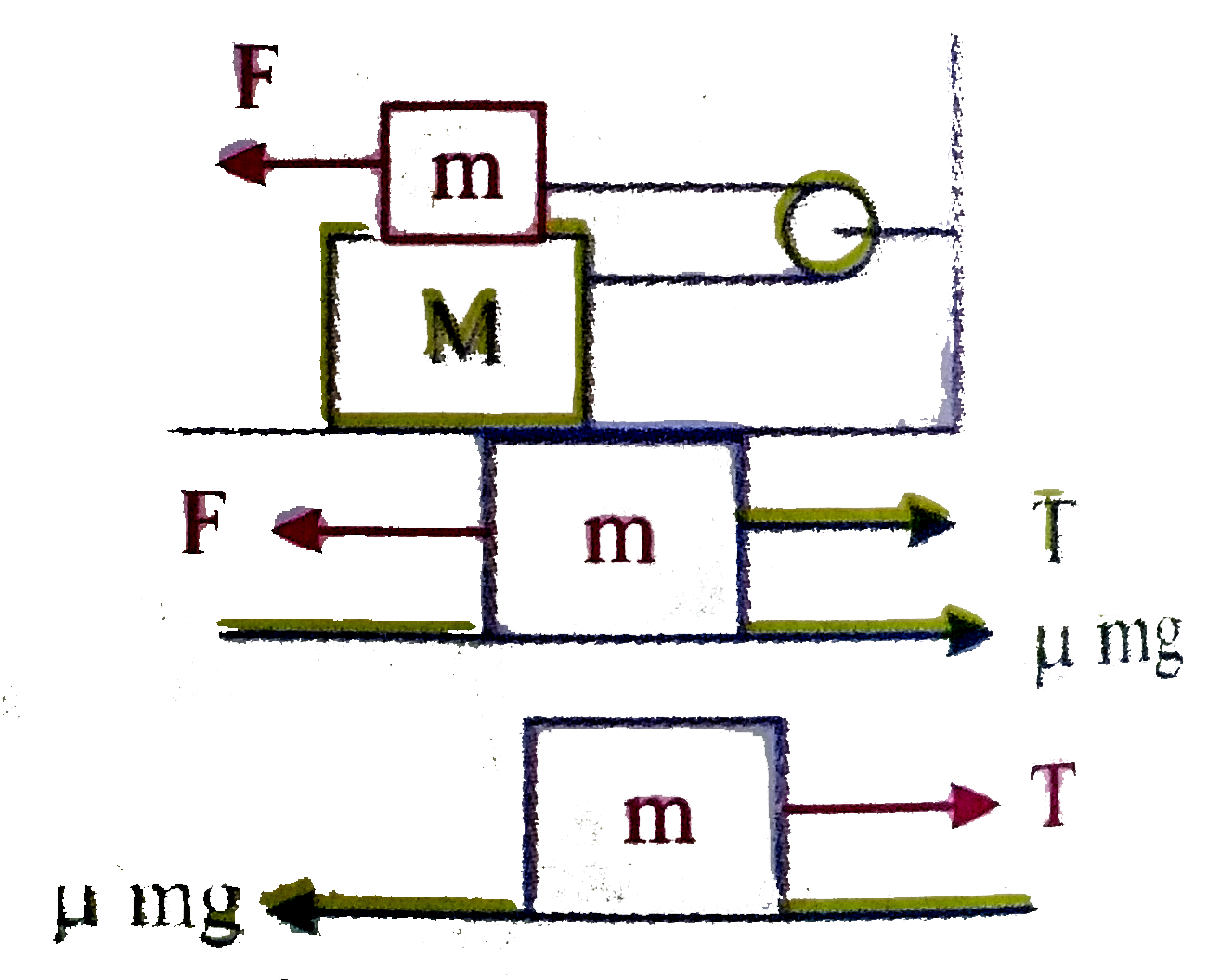
View SolutionTwo blocks are connected by a string and pulled by a force F=50N. If the coefficient of friction between the blocks and the ground is 0.2, friction force between the block B and the ground is :
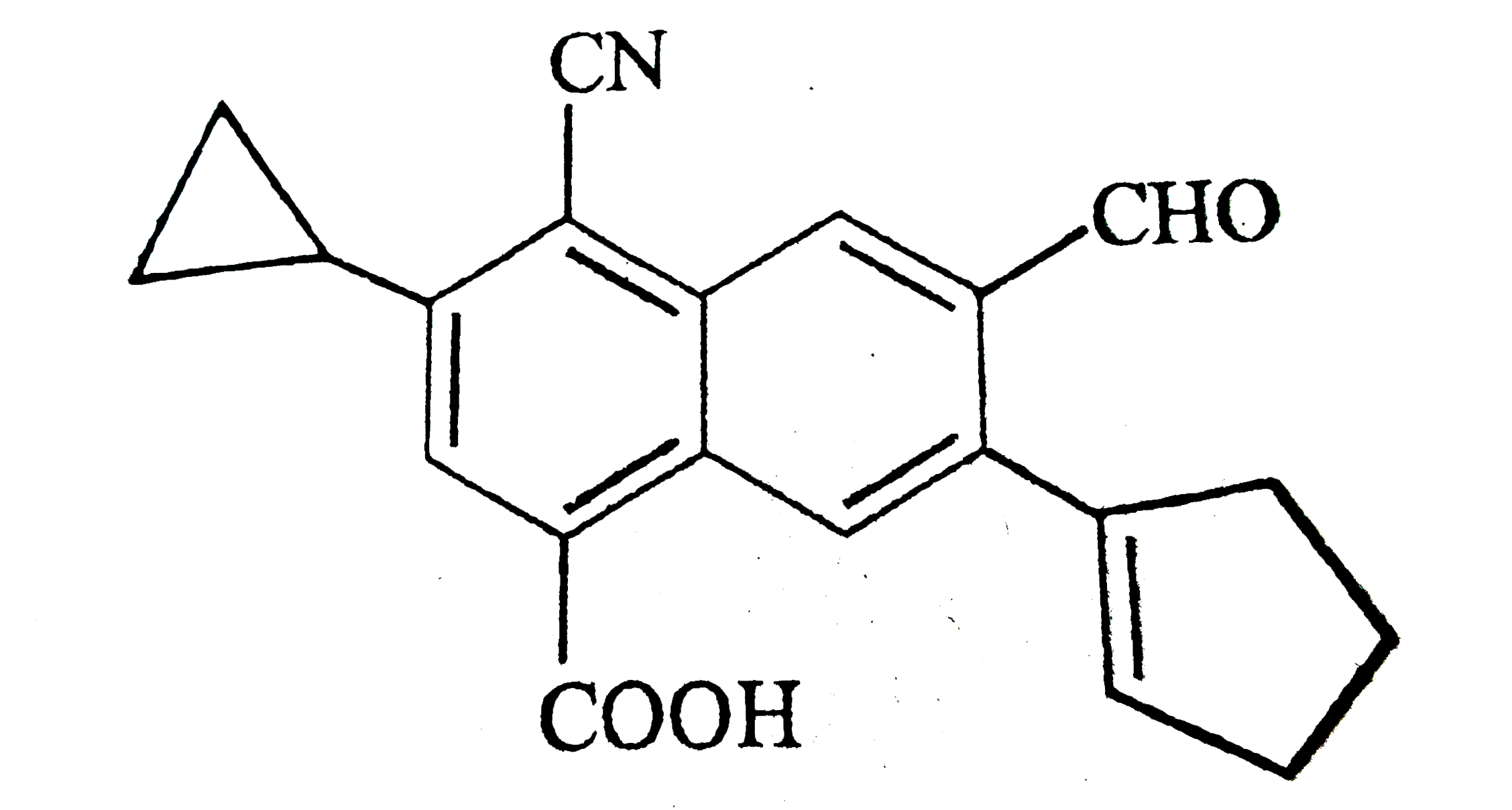
View SolutionA block A of mass M rests on a wedge B of mass 2M and inclination θ. There is sufficient friction between A and B so that A does not slip on B. If there is no friction between B and ground, the compression in spring is
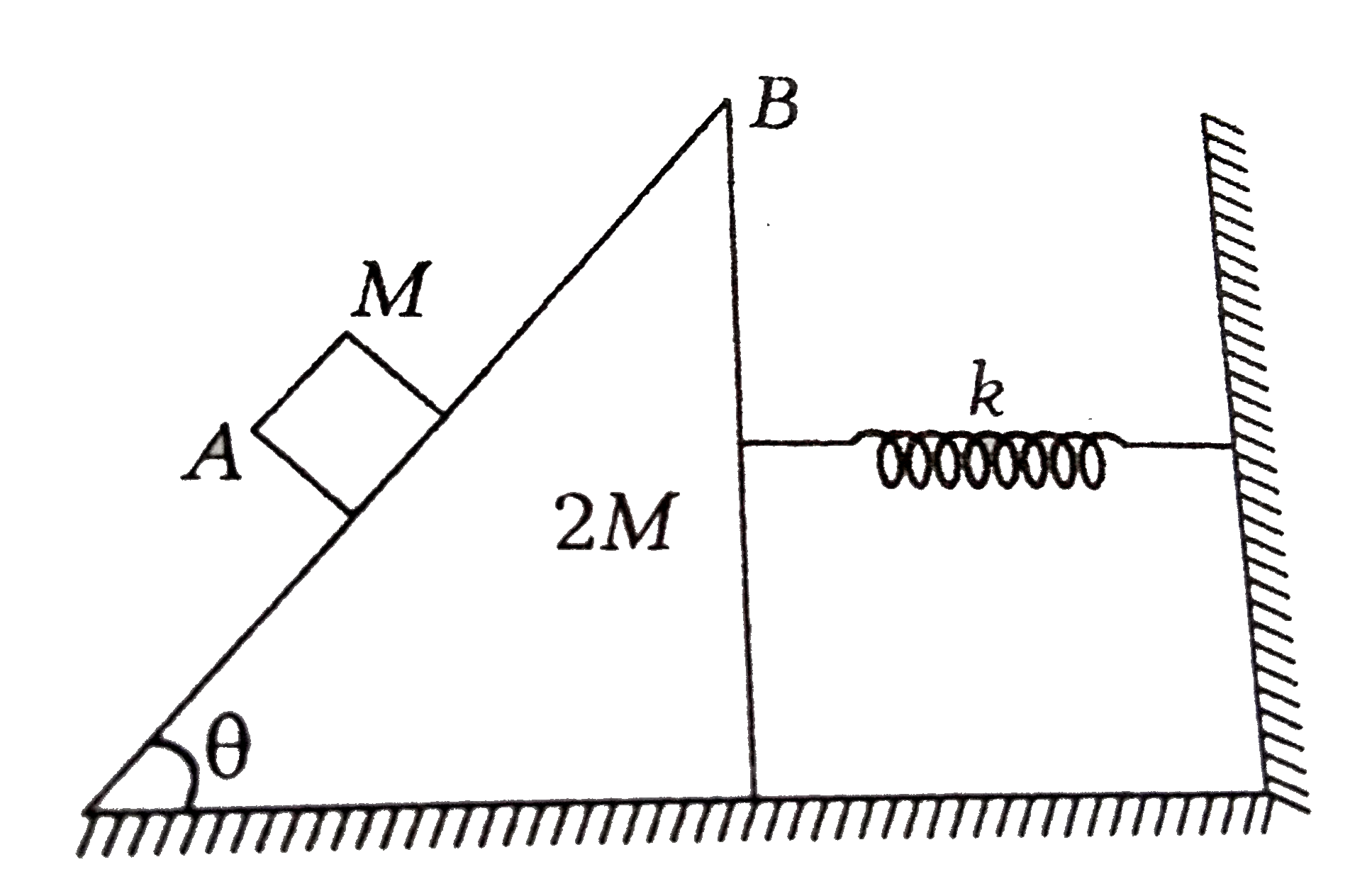
View SolutionTwo blocks of masses m and 2 m are placed one over the other as shown in figure.The coefficient of friction between m and 2m is μ and between 2m and ground is μ3. If a horizontal force F is applied on upper block and T is tension developed in string, then choose the incorrect alternative.

View Solution
